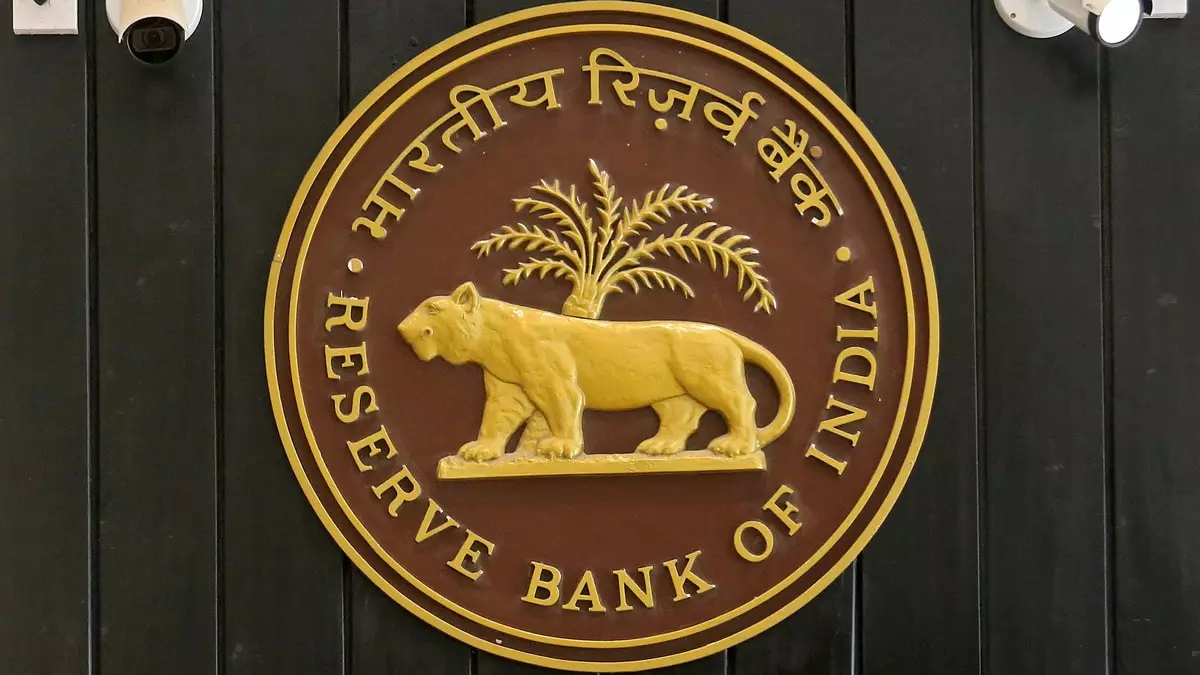India is currently navigating the complex waters of digital finance with its ambitious initiative to launch the eRupee, a central bank digital currency (CBDC) developed by the Reserve Bank of India (RBI). In a bid to reshape its financial landscape, the country has made significant strides in the piloting of the eRupee, engaging 16 participating banks in a phased testing procedure. As per RBI Governor Shaktikanta Das, the digital currency has already garnered national interest with upwards of five million users during its pilot phase, demonstrating a promising initial reception.
The eRupee’s journey began in December 2022 with a pilot scheme focused primarily on peer-to-peer transactions. Notably, the RBI is taking a meticulously cautious approach, avoiding any premature rollout of the digital currency across broader financial platforms. The governor emphasized that the deployment of the CBDC will proceed only after exhaustive evaluation of its functionalities, suggesting a commitment to not just innovation but also to system integrity.
Among the features currently under trial are the eRupee’s offline capabilities and programmable functionalities. These components are particularly crucial in ensuring that the CBDC can cater to diverse user needs and contribute toward enhanced financial inclusion across various demographics, especially underserved sectors.
One of eRupee’s standout propositions is its programmability feature, which has the potential to revolutionize access to credit, particularly for tenant farmers in rural India. Traditionally hindered by a lack of land ownership documentation, these farmers struggle to secure loans for agricultural inputs. Das articulated the potential for the eRupee to redefine credit avenues; by programming the digital currency for specific agricultural purposes, banks would gain confidence in lending to these farmers based on the use of funds instead of collateral based on land title. This can contribute significantly to the agricultural sector, promoting more sustainable financial practices and bolstering the economy.
Additionally, the eRupee platform plans to enable funding for carbon credits, thus marrying economic activity with environmental responsibility. The dual focus on financial inclusion and ecological mindfulness could provide a holistic approach to India’s economic development.
While exploring the advantages of introducing a CBDC, it is essential to recognize how such systems can contrast markedly with cryptocurrencies. As opposed to the decentralized nature of digital currencies, CBDCs like the eRupee are issued and regulated by central authorities. This means that while transactions can be recorded permanently on blockchain networks, they are also monitored by the RBI, ensuring a level of security and transparency that may be missing in the unregulated crypto space.
Privacy features are also being contemplated, with an aim to include layers of anonymity in transactions. This could serve to enhance user trust and encourage broader adoption, balancing the requirements of regulatory oversight with consumer privacy.
As India embarks on this transformative journey, the journey of the eRupee signifies more than just an advancement in payment systems; it heralds a potential shift in the entire financial framework of the nation. By meticulously aligning its implementation with the objectives of financial inclusion and enhanced security, India not only positions itself at the forefront of the CBDC revolution but also sets a precedent for how digital currencies can be harmoniously integrated into existing financial infrastructure. The eRupee’s development could play a crucial role in shaping the future of digital transactions both domestically and internationally.


Leave a Reply